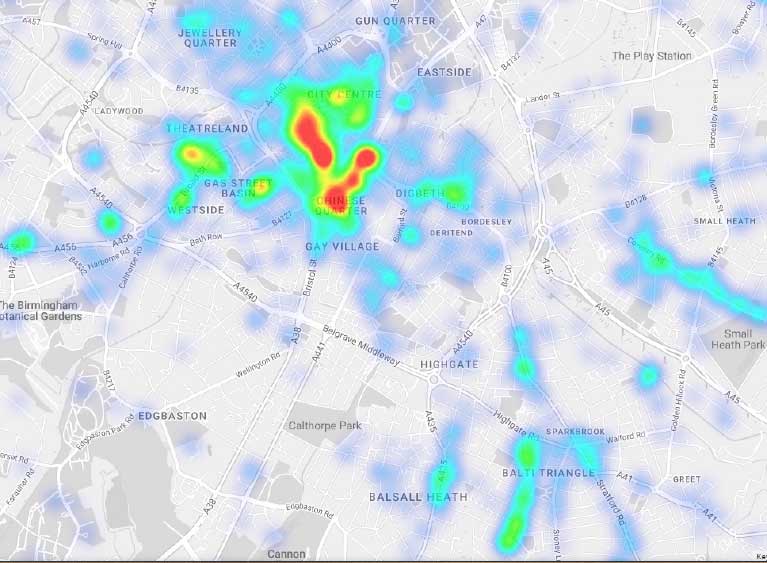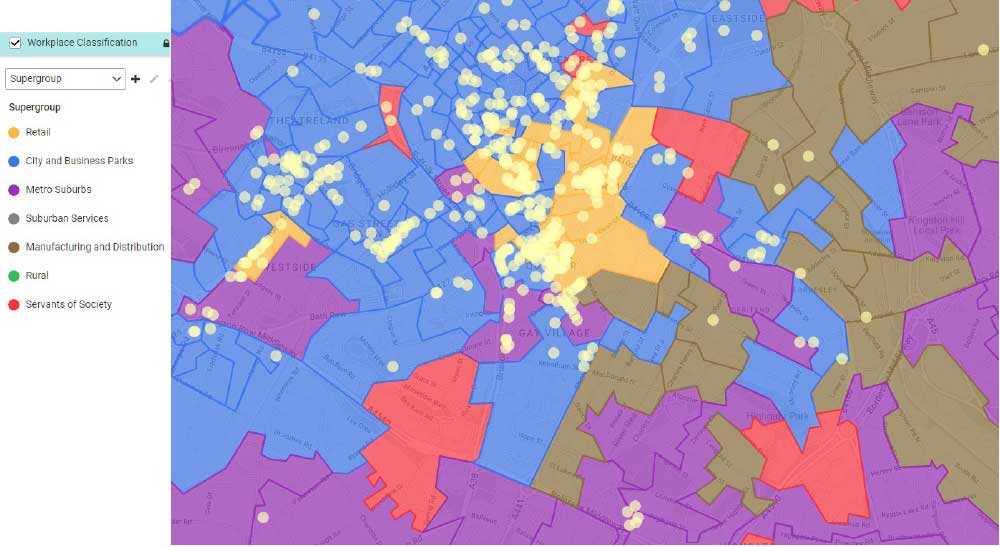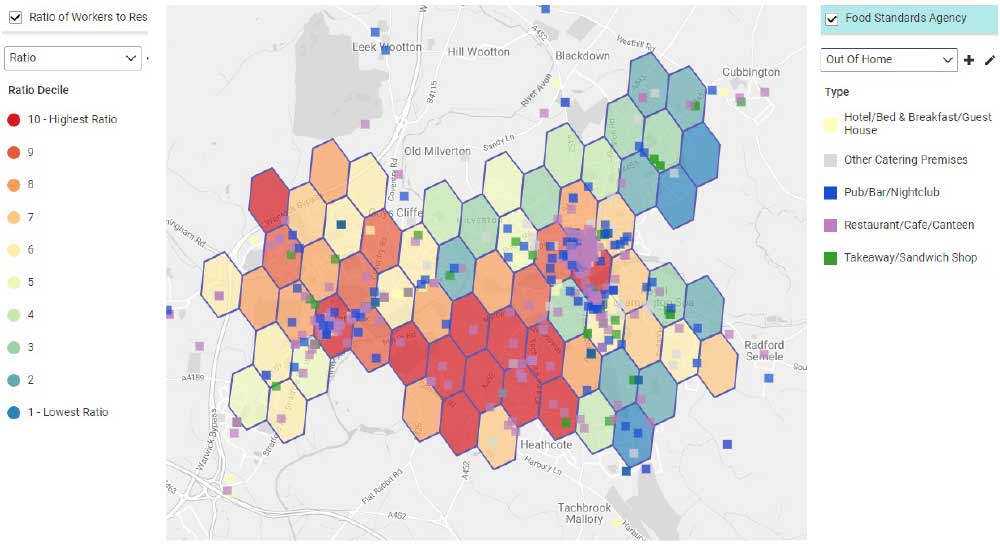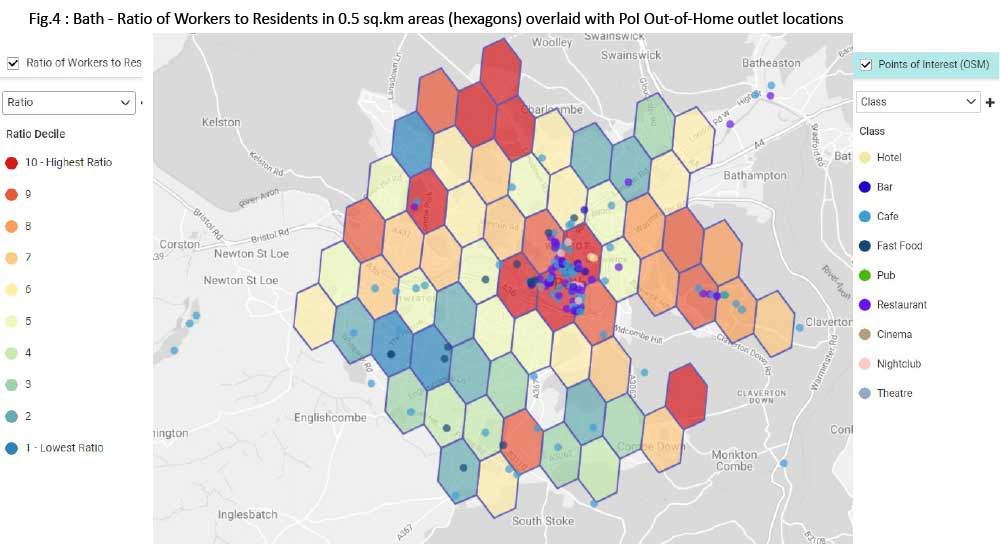S2 NEWSLETTER: 2ND MARCH 2022
THE HYBRID WORKING CHALLENGE FOR THE HOSPITALITY SECTOR.
During the pandemic, we saw a huge shift in people buying their food and drink online to consume at home. With pubs & restaurants closed during the three lockdowns, and limited to outdoor service at other times, many hospitality companies turned to home delivery as the only way to keep their businesses going. There was a boom in online grocery shopping from supermarkets, and market conditions provided the perfect opportunity for the likes of Just Eat and Deliveroo to massively grow their sales. We saw the emergence of dark kitchens, catering for the needs of consumers stuck at home who wanted to buy restaurant quality food and have it delivered to their home.
The question now is are these shifts permanent and sustainable? Will people continue to choose to eat and drink at home rather than out of home? What would this mean for the long-term fortunes of the half a million or so hospitality outlets that rely on people visiting their premises?
Read on to discover why marketers need access to several different datasets to understand both the consumer landscape and the impact of a change in working patterns.
MarketView is Serendipity2’s mapping & data visualisation tool that combines powerful geo-spatial analysis capabilities with an array of useful datasets. These include a database of 0.5m catering outlets from the Food Standards Agency (FSA) – anywhere that prepares or serves food for public consumption that is required by law to have a food hygiene certificate. As well as schools & colleges, farmers, importers & retailers, this FSA database includes around 300k traditional Out-of-Home outlets such as cafes & coffee Shops, pubs & bars and restaurants & takeaways.
Another data source included in MarketView is the Points of Interest (PoI) database from Open Street Map (OSM). This dataset is one of the outputs from a collaborative project involving over 8m users worldwide to create a free editable geographic database of the world. In the UK the PoI file includes around 100k Out-of-Home outlets.
Both the PoI & FSA datasets provide a useful source of hospitality businesses and mapping this data reveals clusters and hotspots of outlets all across the UK. As the example map below of Birmingham indicates, it is no surprise to see that these outlets are concentrated in town & city centres close to offices and other workplaces.

From this one-dimensional view, it would be easy to conclude that it is just city centre outlets that stand to benefit from the return of office workers. However, the recent opening of flexible workspaces in numerous different locations means that the true picture is more complicated. What is needed is an understanding of workplace locations – what are the places where workers spend their days when they are not working from home?
The map below shows the dominant type of industry in and around Birmingham. The blue areas are characterised by modern offices used by large corporations and regional administrative centres of other organisations. The yellow areas are mainly devoted to retail shopping, while the purple areas are professional services. Overlaid on this map are the locations of PoI Catering outlets. This shows how hospitality sites are clustered in retail & Metropolitan areas and are less common in manufacturing & distribution areas. However, what’s missing from this picture is residential demand from people living in these areas.

The key to identifying areas and locations most dependent on daytime trade from those returning to offices is to understand the mix of workers & residents in an area. In MarketView there is a data layer that shows the ratio of workers to residents in 0.5 sq.km areas. These are shown as hexagons on the map and are coloured red to blue depending on which decile they are in. An example map for Leamington Spa is shown below. In red areas there are proportionately more workers than residents, while in blue hexagons it is the other way round with more workers than residents.

Overlaid on this map of the worker:resident ratio are Out-of-Home locations sourced from the FSA database. Clearly those outlets in blue areas will be more dependent on trade from local residents and may well have thrived during the pandemic, as those working from home choose to stay local. On the other hand, those outlets in the red areas will have workers as their primary customers. These places will have suffered from a loss of trade over the past two years but those that have survived can look forward to an uptick in sales again as people return to their workplaces. It is interesting that most of the outlets in the red worker dominated areas are restaurants & cafes while the blue areas have more pubs & takeaways.

A similar map is shown for another spa town – Bath. Here the Out-of-Home locations are sourced from the PoI database and it shows again the prevalence of restaurants in areas dominated by workers rather than residents. The outskirts of Bath are more blue than red, reflecting the fact they are more residential in nature. Here the relatively few cafes & fast food outlets may face declining sales as those working from home return to the office.
From the examples shown above, it appears that restaurants will have suffered the most from less footfall in the business districts of towns & cities during the pandemic. Hence the switch to home delivery and takeaway services – keeping their kitchens open and sending their product to customers if customers can’t come to them. It is restaurants that stand to gain from more workers returning to the office while neighbourhood cafes and takeaways may not be able to sustain the increased sales they were probably able to get during lockdowns.
The past two years have been the most challenging for this industry, but now restrictions are lifted, will we see a renaissance in people choosing to go out to eat with friends & family or will they continue to entertain at home?
Will Hospitality outlets see a return to ‘old normal’ pre-pandemic trading conditions or will the outlook for the Out-of-Home sector be markedly lower than it was before Covid?
A major factor affecting the fortunes of city centre pubs, bars & restaurants will be the willingness of workers returning to offices to stay in town for that after-work drink or meal with colleagues. So how can we assess which locations depend on this office trade and which are at risk of suppressed sales if the full return to the office doesn’t materialise?
At Serendipity2 we have worked with a variety of consumer brands and retailers in food & drink and travel & leisure over the past 20 years. We have helped them identify their target audience and align their distribution strategies to consumer demand to ensure they open outlets in the right locations.
For consumer brand owners in food & drink, tools like MarketView that are pre-loaded with relevant industry & customer data, are essential for route to market planning. Please get in touch with us at Serendipity2 using the form below if you would like to learn more about how we approach this.
WANT TO BOOK A MARKETVIEW DEMO?
For more information and to book and demo please complete the form below.
